Quick overview
- Low prices
- Long warranty
- Roomy cabin
- Bland to drive
- Low-grade cabin materials
- Poor Euro NCAP safety score
MG has made a clear trade-off with the ZS when it comes to the quality and driving manners of its small SUV versus cost and space. The latter two traits obviously ended up much further up the chart when planning was being thrashed out. The result is a small SUV that’s similar in size and scope to the Nissan Juke or Skoda Karoq, yet costs a good chunk less and comes with an impressive seven-year, 80,000-mile warranty included in the price.
When you look at this and then see the ZS costs less than many superminis with an average amount of equipment fitted, the MG ZS suddenly looks like a great deal of car for the cash. And it is, up to a point. You get a car with the high-riding driving position that so many people love about an SUV, and the cabin has plenty of space in the front and back for people. There’s also a decent boot, while back the front cabin you have a large infotainment screen fitted to all models. Move up to the higher of the two trim levels, and it won’t cost the earth to make this leap, you can have a car with all of the luxuries you’d expect of something costing twice as much.
If you’re waiting for the catch, here it comes. Simply put, the MG ZS falls well short of the quality of materials, build and finish that you’ll find in a Nissan, Skoda, Volkswagen or many other makes that produce small SUVs. Making a car on a tight budget is one thing, but doing it with low-grade bits is another. SsangYong and Dacia have both proved you can provide value without making too many apparent concessions on quality.
The MG also trails when it comes to how it drives. Where the Dacia Duster is perky, the ZS is just a bit lead-footed when it comes to how it rides, goes round corners, and performs. The smaller 1.0-litre turbo petrol engine is the better choice, but that’s not saying a huge amount and it offers no economy advantage over the 1.5-litre motor.
Infotainment, comfort and practicality
MG gets a lot of the basics spot on in the ZS. For instance, the driver sits up higher than in many other small SUVs, so you get a good view over the bonnet and to the sides. Vision over your shoulder from the front seat isn’t great, but both ZS trims come with rear parking sensors and the higher spec Exclusive has a 360-degree reversing camera system to help further. There’s height adjustment for the driver’s seat and it’s reasonably supportive, but the steering wheel only moves for angle, not depth. This can make finessing the driving position a bit of a hit and miss affair depending on the size and preferences of the driver.
The main instrument display clear and simple to use, presenting all the vital data in its digital screen. There are remote control buttons on the steering wheel to scroll through various functions, as well as operate the standard cruise control on both trim levels. Then you come to the 10.1-inch infotainment touchscreen and the MG shows up how far behind it is next to many rivals. Yes, it’s clever enough to do away with physical dials for the heater and ventilation, but it’s not bright enough to make it easy to find or use the on-screen controls for this. It’s the same story with other menus where the infotainment is just too fiddly and slow to respond that you wish for some good old-fashioned buttons and knobs. Still, the infotainment does come with Apple CarPlay and Android Auto, and the Exclusive model has integrated sat-nav.
Head into the rear seats of the MG ZS and it’s the same sort of trade-off as the front. Lots of room for passengers, and it’s one of the few in its class capable of carrying three adults across the back bench, but quality is a low point. What we can say is the rear doors open wide, so access to the back seats is good and the styling of the MG ZS means the window line is low enough for kids to see out. There are three triple-point seat belts and Isofix child seat mounts in the two outer rear seats. You also get decent door bins and map pockets to take care of storage.
The rear seats don’t do any fancy folding or sliding, so you’ll have to make do with their straightforward 60-40 split and tip action when you want to vary boot space. With the rear seats folded, you have up to 1375-litres of load space. Put the seats back up and boot space is 448-litres, which is plenty for most needs. The load sill is quite high and it’s also curved at its sides, which can make sliding in big suitcases a hassle. You’ll also find there’s a drop to the load floor and, when the rear seats are tumbled down, a ridge in the floor that makes sliding bigger boxes forward a pain. A height adjustable load floor helps here, but doesn’t completely cure the issue.
2017 MG ZS engines: how does it drive?
MG offers two engines in the ZS, and there’s also the ZS EV that's reviewed separately. You’d think the 1.5-litre four-cylinder engine would be the more powerful and expensive to buy due to its larger capacity, but it’s actually the entry point motor to the ZS line-up. It has 106hp to its name, which is a fair bit behind what you get from most of the MG’s rivals with their punch 1.0-litre, three-cylinder motors. As a result, it takes a leisurely 10.4 seconds to get from a standing start to 60mph when the car is equipped with the five-speed manual gearbox, which itself is a step down from most rivals that have six-speed ’boxes.
With no turbocharger to give the 1.5 engine a helping hand at lower revs, it relies on being worked quite hard. Try to get the best from it in this manner and it’s noisy and uncouth. ON the motorway at a steady pace, it’s not too noisy, but there is a fair amount of wind and road noise audible in the ZS that you don’t get in a Skoda Karoq or Ford Puma. On the motorway, the soft suspension of the MG deals with bumps in a competent manner, but it’s nowhere near as accomplished as the Ford.
Wherever you find yourself driving, the turbocharged 1.0-litre, three-cylinder engine option in the MG ZS is a better bet. It has a bit more pep in its pencil thanks to 111hp, which is delivered at lower revs than the 1.5’s 106hp. The 1.0-litre also has more low-down pulls spread over a much broader span of revs that starts at just 1800rpm unlike the 1.5 that only achieves its peak pulling figure at a giddy 4500rpm. It makes the smaller engine feel far more lively and flexible, though it does take 0.1 second longer to sprint from 0-60mph than the 1.5. On the move, though, this 1.0-litre is more enjoyable to use and it’s quieter on the motorway. A six-speed manual gearbox is standard for this motor, or you can have a six-speed automatic, but you will notice the performance is blunted by this transmission.
Regardless of which engine you choose, the MG ZS is some way off the class best when it comes to how it handles or deals with urban roads. Head into a corner at even moderate pace and the softly set suspension allows the ZS to heave over on its springs, which you and passengers will certainly notice. Around town, the suspension’s floaty feel should let it glide over glitches in the surface, but instead it often jars and allows more interruptions to make themselves known than is comfy. The steering also doesn’t have the consistency or feel at any speed of a Ford Puma.
Value for money: how much does a 2017 MG ZS cost to buy and run?
MG kicks off the ZS range with the 1.5-litre Excite model with five-speed manual gearbox, which costs from £17,295. To upgrade to the 1.0-litre engine with automatic gearbox adds £2500 to the price to cost £19,795, and there’s no option of a manual transmission with this trim and the 1.0-litre motor. Move up to the Exclusive trim and it begins at £19,795, so is £2500 more than the Excite with the same 1.5 engine and five-speed manual ’box. Upgrade to the 1.0-litre turbocharged engine with its six-speeder manual and you’ll pay from £21,045, while this engine with the automatic option comes in at £22,295. Go shopping for a new MG ZS and you should be able to find savings of up to £800. Alternatively, a nearly new ZS with less than 5000 miles on the clock could be yours from £16,000. A three-year old ZS with average miles for the age will start from around £12,500.
MG now offers the ZS in just two trims, which starts with the Excite that comes with 17-inch alloy wheels, rear parking sensors, automatic headlights, and cruise control. Inside, you have air conditioning, houndstooth cloth upholstery, electric windows all-round, and the 10.1-inch colour touchscreen infotainment system with Apple CarPlay and Android Auto. It uses four speakers for the stereo. Safety is covered by six airbags, hill start assist, and the usual ABD anti-lock brakes and ESP traction control. In Euro NCAP tests, the ZS managed only a three-star rating where most of its class rivals are on five stars. If you upgrade to the Exclusive, you get more safety kit with blind spot monitoring, and rear cross traffic alert, but no lane keep assistance or automatic emergency braking even as options. The Exclusive does come with leather upholstery and electric front seat adjustment that are heated, as well as front fog lights and a different wheel design. This trim also has automatic wipers, full digital dash display, sat-nav, and an extra pair of speakers for the stereo.
When it comes to running costs, the MG ZS appeals with its seven-year, 80,000-mile standard warranty. However, the combined average fuel economy for both of the engines and with either manual or automatic gearboxes comes out at 42.7mpg. That’s behind the ZS’s obvious rivals, and it trails on emissions too with 149g/km to fall into the £230 bracket for first-year road tax. For insurance, the ZS range sits in groups 9 to 10 depending on which model you prefer.
Verdict: Should I buy a 2017 MG ZS?
If you go into owning an MG ZS aware of the areas where the company has pruned back to keep costs down, you should be happy with a roomy, practical small SUV. Both trims have a decent spread of standard equipment to keep you comfy and pampered, but safety kit is lacking in both versions and that will be a major put-off for family buyers when the ZS’s rivals are far superior in this regard.
On the road, the ZS is also some way behind the class leaders for its handling and ride comfort. Also, the engines are not the most efficient or pleasant to use, which further marks down this model as one to buy as a low-cost alternative rather than a prime mover in the sector.
What could I buy instead of a 2017 MG ZS?
Dacia Duster
.jpg?rmode=max&width=500)
No frills SUVs don’t come any less frillier than the Dacia Duster, and the Romanian-made car is all the better for it. There’s all you need in a Duster and it’s possible to order a trim level with enough goodies so you don’t feel left out. Along with this strong value for money ethos, Dacia also provides a cabin with lots of room for people and cargo, plus you feel the Duster is a bit more able to cope with driving on rugged terrain than most of its competitors. The downside is the cabin also feels quite low-grade compared to the class average.
SsangYong Tivoli
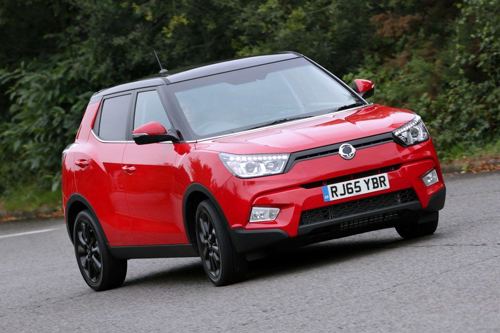
While not the most overtly styled small SUV, the SsangYong Tivoli has enough of a presence to bear comparison with the main players in this field. The restrained styling will also appeal to those who’d rather slip through traffic rather than trying to make a statement. Inside, however, the Tivoli isn’t shy about the amount of standard equipment it comes with as standard, especially given its strong value for money. There are some corners that have been cut to achieve this, notably with the look and feel of some of the interior plastics, and the SsangYong is not the most entertaining or engaging car to drive in the class.
Hyundai Kona
.jpg?rmode=max&width=500)
Distinctive looks set the Hyundai Kona apart from most of the others in the small SUV sector, and it also comes with a long list of standard equipment. As well making the Kona a comfortable and interesting car to live with, the amount of kit also makes it good value. Added to this is Hyundai’s excellent five-year, unlimited mileage warranty. Kona customers have a choice of petrol, electric or hybrid power, and the Kona is good to drive. It’s a pity the cabin doesn’t provide as much space for passengers as some others in the class, and the ride and handling are only average for the sector.
.jpg?rmode=max&width=500)


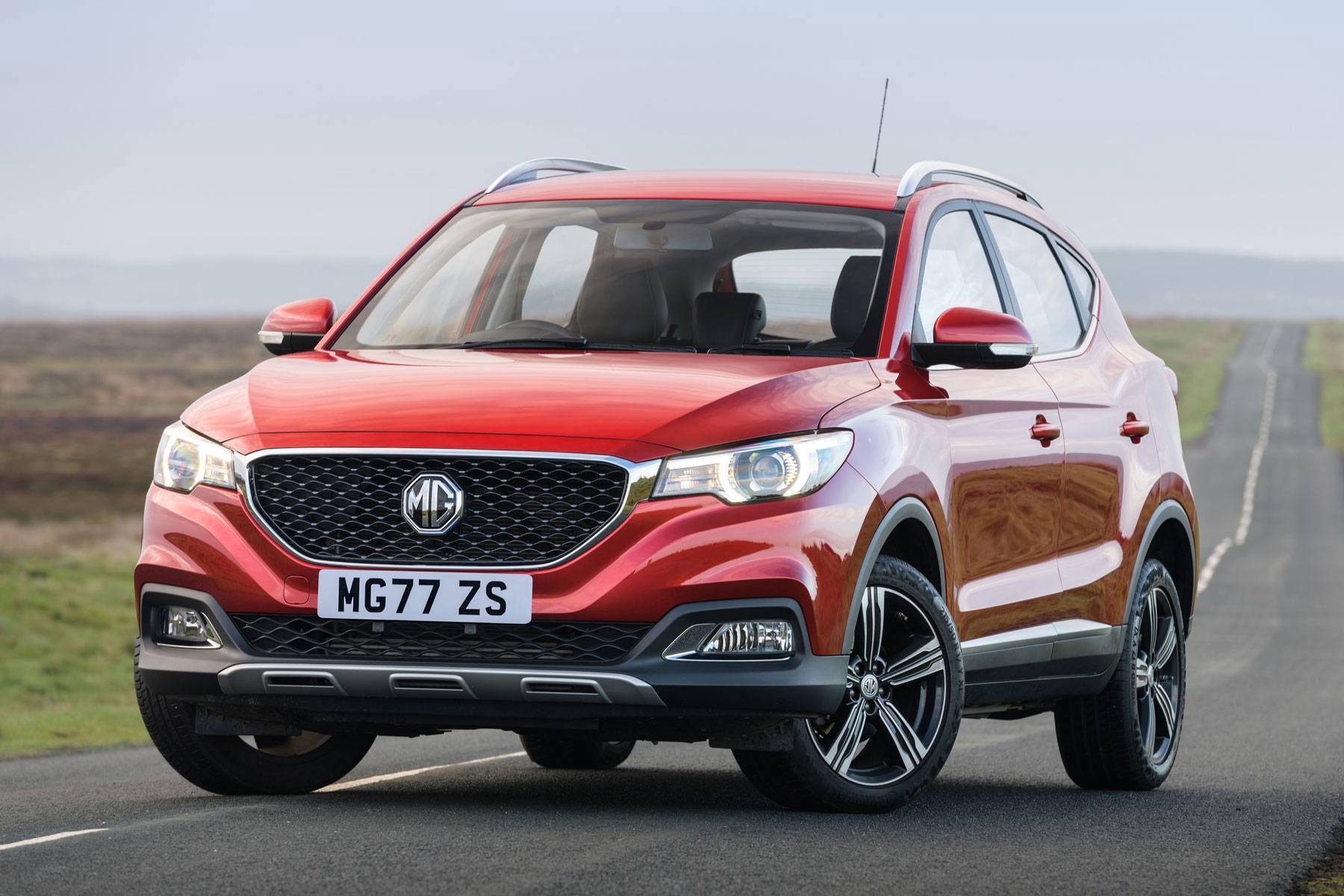
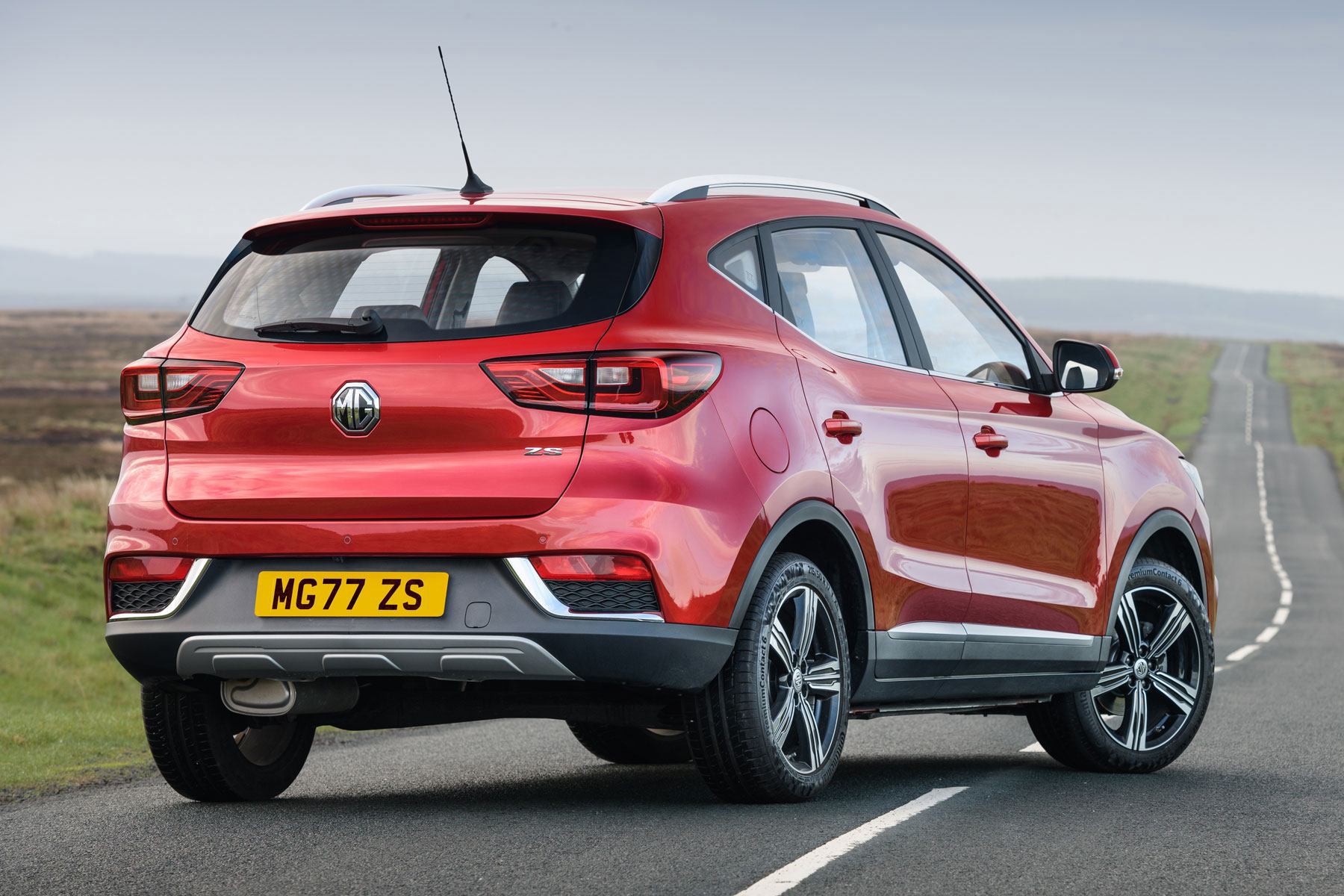
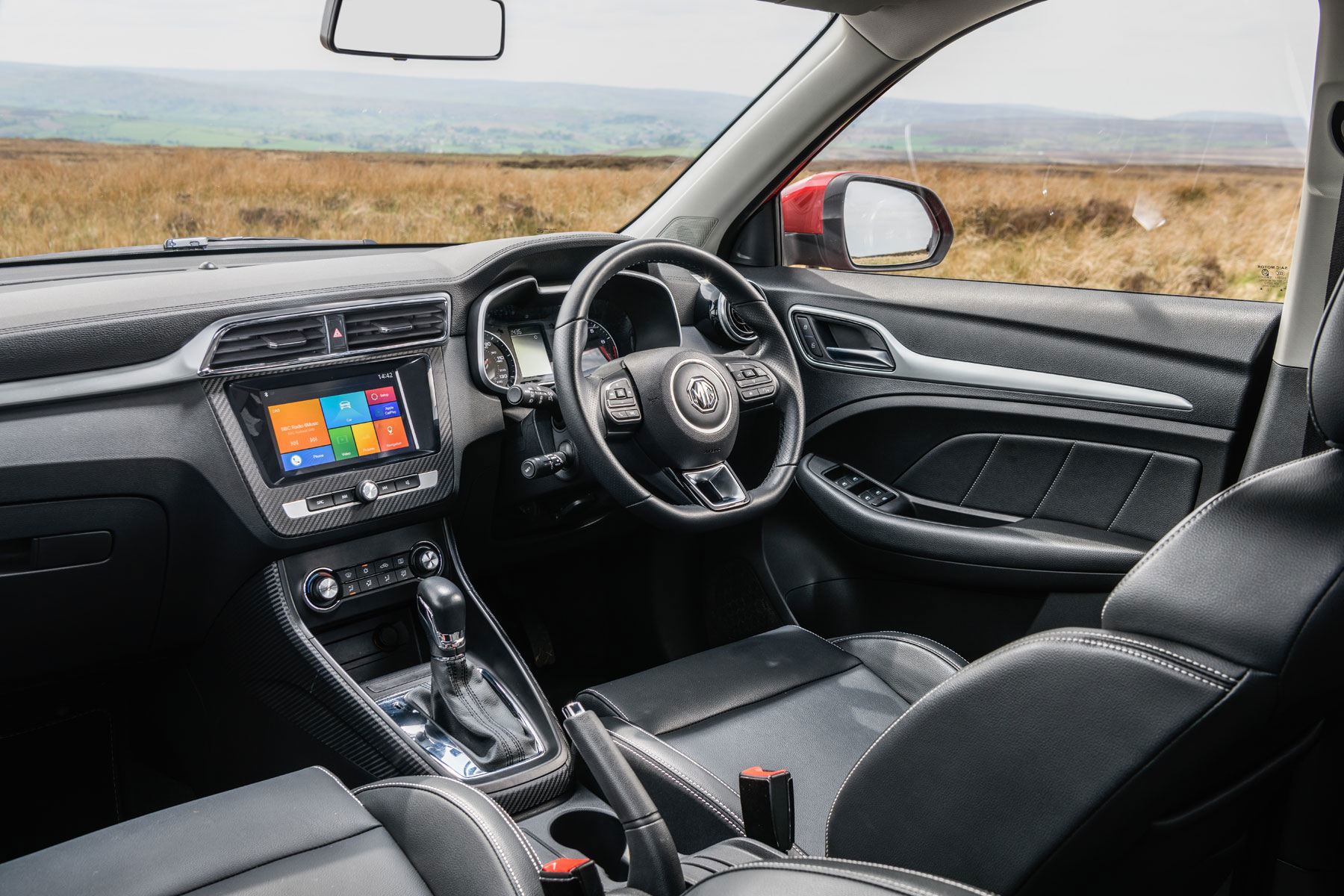
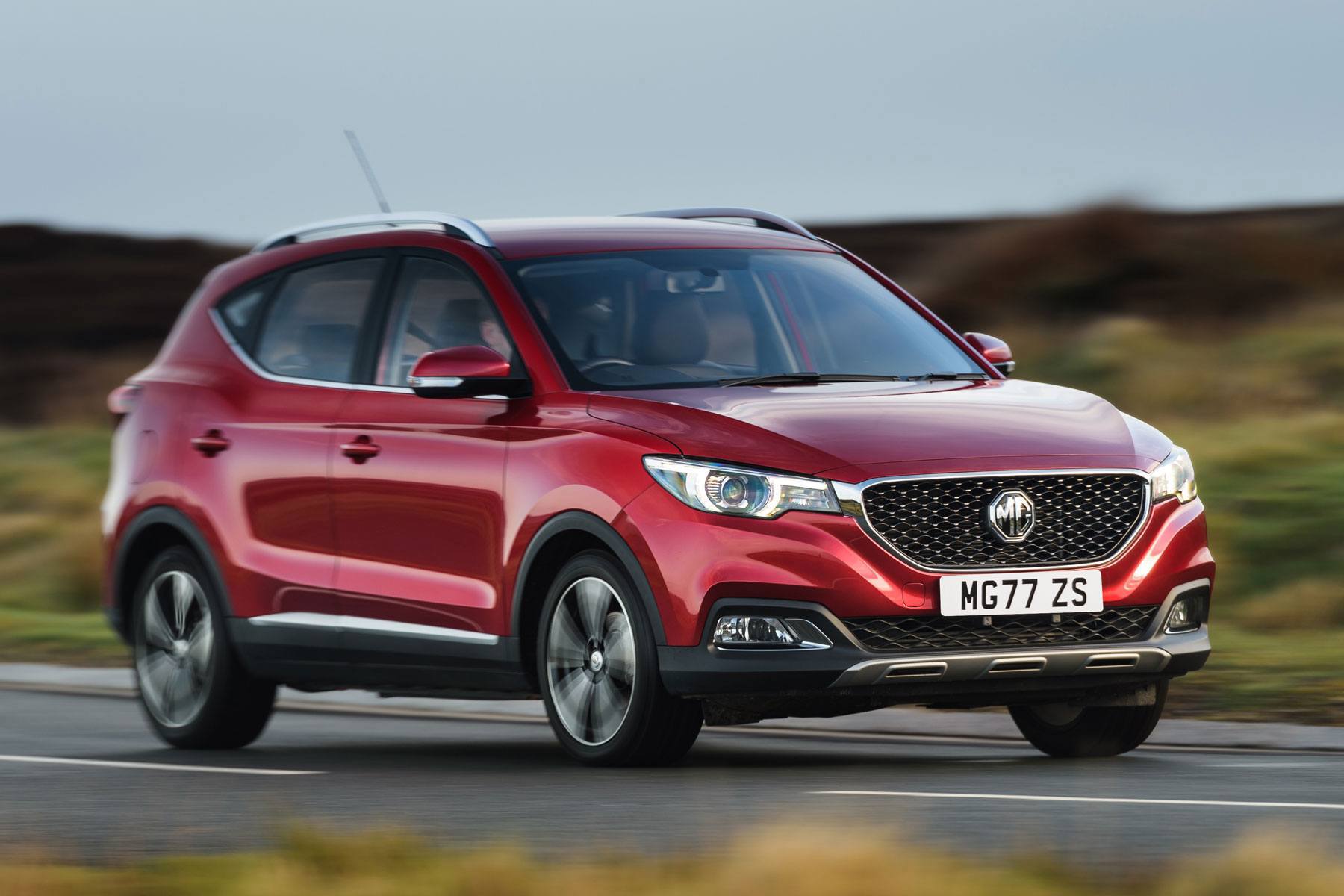
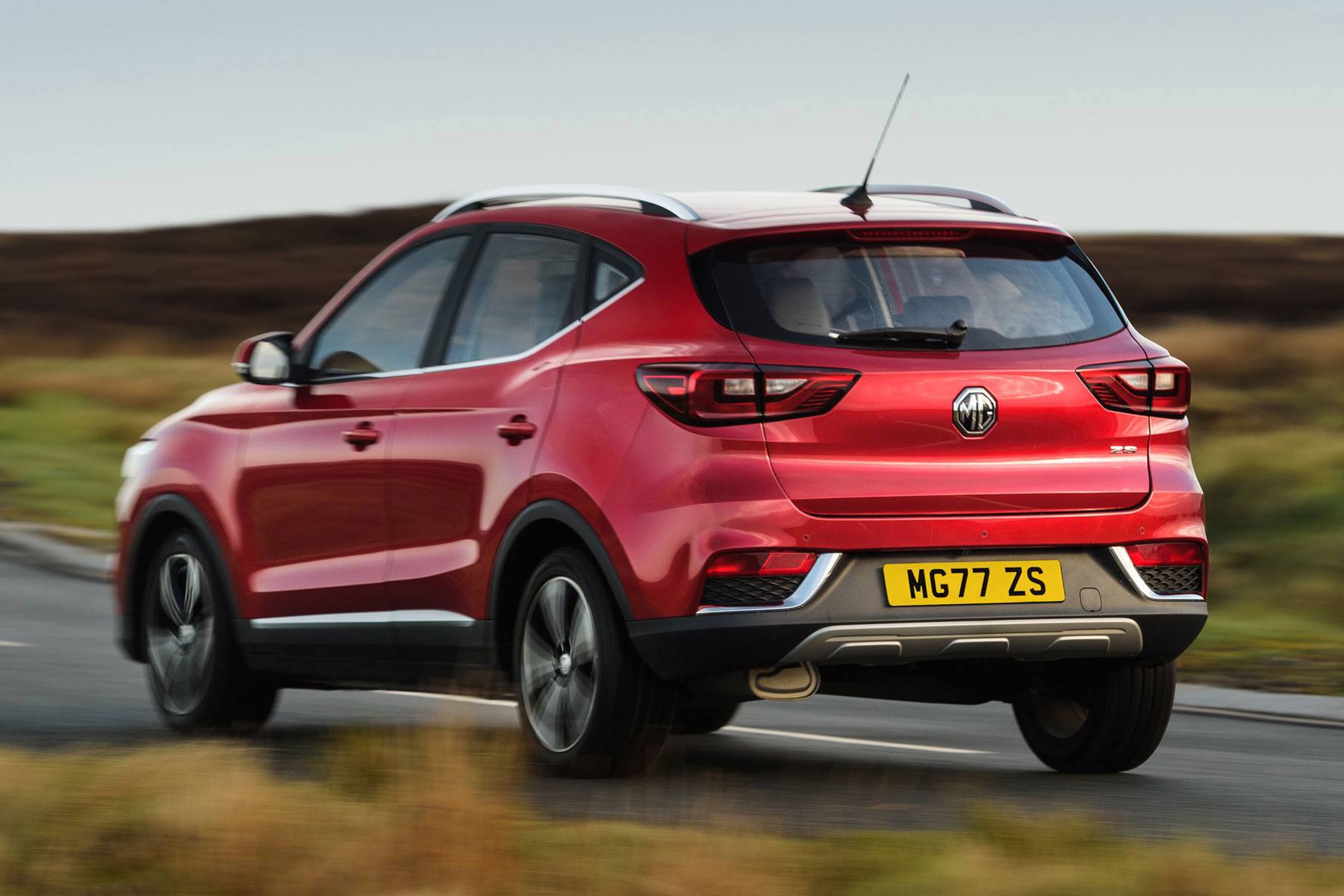

.jpg?rmode=max&width=500)